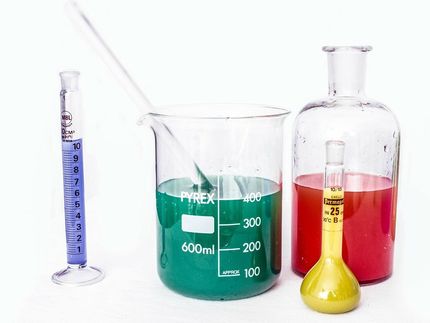ECHA focuses on substances that matter most
The SVHC Roadmap 2020 involves screening, assessment and the analysis of further risk management options for substances of concern. The aim of the Roadmap is to have all relevant Substances of Very High Concern (SVHCs) on the Candidate List.
This Annual Report describes the main achievements and progress of the SVHC Roadmap to 2020 since its adoption in February 2013 until the end of 2014. It is the first report of its kind on the SVHC Roadmap and ECHA plans to provide one each year.
So far, lots of work has concentrated on substances that are already known to be carcinogenic, mutagenic and toxic for reproduction (CMRs). All of these substances have been screened, the registered ones have been further scrutinised and work is ongoing to identify structurally similar substances which need to be further assessed. This work has resulted in 145 substances being included in the Candidate List due to their CMR properties, out of which 29 are included in the Authorisation List. ECHA and the Member States are now working to identify new CMRs. This will be done either by proposing new harmonised classification and labelling (based on available data) or, where further information is needed, through substance evaluation.
Work on substances with persistent, bioaccumulative and toxic properties (PBTs) is also progressing. However, for many of these substances, more information is needed before conclusions can be made on whether they are PBTs or not. Consequently, the number of potential PBT substances in the assessment phase is high. Where further testing is needed, it will obviously take a substantial amount of time before work on the substances can progress. Work on identifying endocrine disruptors has also started. This all will result in a growing number of risk management option analysis cases (RMOAs). Currently, information on 98 ongoing or completed RMOAs is available on ECHA's website.
So far, 20 substances with persistent, bioaccumulative and toxic/very persistent and very bioaccumulative properties (PBT/vPvBs) have been included in the Candidate List and two of them are in the Authorisation List. Additionally, five substances have been included in the Candidate List due to their endocrine disrupting properties.
Most read news
Topics
Organizations
Other news from the department politics & laws

Get the chemical industry in your inbox
From now on, don't miss a thing: Our newsletter for the chemical industry, analytics, lab technology and process engineering brings you up to date every Tuesday and Thursday. The latest industry news, product highlights and innovations - compact and easy to understand in your inbox. Researched by us so you don't have to.




























































